5 Sweet Thai Sauce Secrets You Never Knew (Until Now)
Imagine dipping crispy spring rolls into a glossy, sticky sauce that hits your taste buds like a flavor firework show. That’s the magic of Thai sweet sauce! But here’s the kicker: not all sweet sauces are created equal. Some are bold, some are shy, and a few might just surprise you with a kick when you least expect it.
In this post, we’ll explore five must-know secrets for crafting the perfect Thai sweet sauce at home—whether you’re a seasoned chef or someone who burns toast on a regular basis. So buckle up, because we’re about to get saucy!
Table of Contents
- What Makes Thai Sweet Sauce… Sweet?
- Secret #1: The Sugar Swap – Not All Sugars Are Created Equal
- Secret #2: Vinegar Matters More Than You Think
- Secret #3: Fish Sauce? In a Sweet Sauce?!
- Secret #4: Thickening Techniques That Won’t Fail You
- Secret #5: Customize It Like a Pro
- Basic Thai Sweet Sauce Recipe
- Visual Flavor Comparison Table
- Final Thoughts
What Makes Thai Sweet Sauce… Sweet?
Before we dive into the nitty-gritty, let’s address the obvious: Thai sweet sauce is rarely just sweet. In fact, most traditional versions are a symphony of sweet, salty, tangy, and sometimes even spicy notes. The key is balance—a hallmark of Thai cuisine.
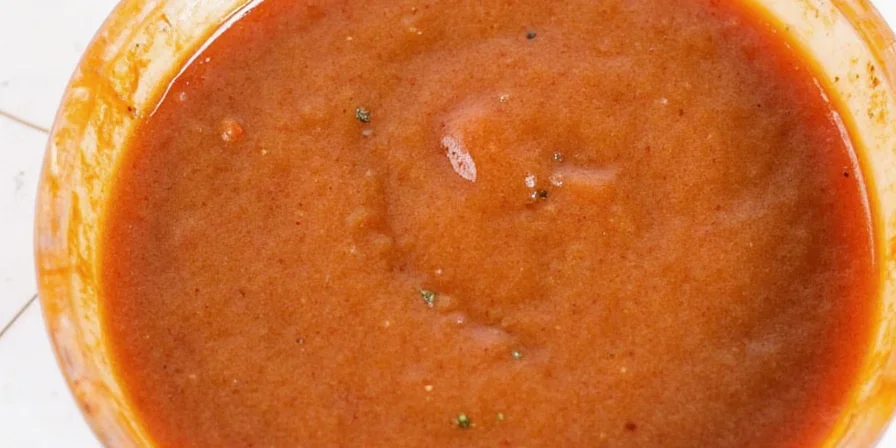
Secret #1: The Sugar Swap – Not All Sugars Are Created Equal
We get it—you see a sugar-based sauce and reach for the white stuff. But if you want that authentic depth, consider alternatives like palm sugar or even brown sugar.
- Palm sugar: Adds a rich, caramel-like complexity
- Brown sugar: Offers a molasses hint without overpowering
- White sugar: Great for simplicity, but lacks depth
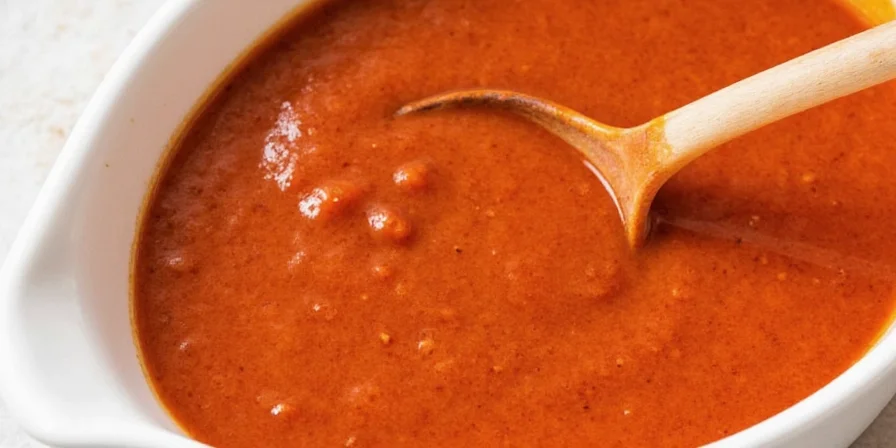
Secret #2: Vinegar Matters More Than You Think
You might be thinking, "vinegar? In something sweet?" Yes, yes, and YES! Vinegar brings acidity, which balances out the sweetness and gives the sauce that signature tang.
Try experimenting with different types:
| Vinegar Type | Flavor Profile | Best For |
|---|---|---|
| White Distilled | Clean, sharp | Classic recipes |
| Rice Vinegar | Mild, slightly sweet | Subtle, delicate dishes |
| Apple Cider | Fruity, complex | Modern twists |
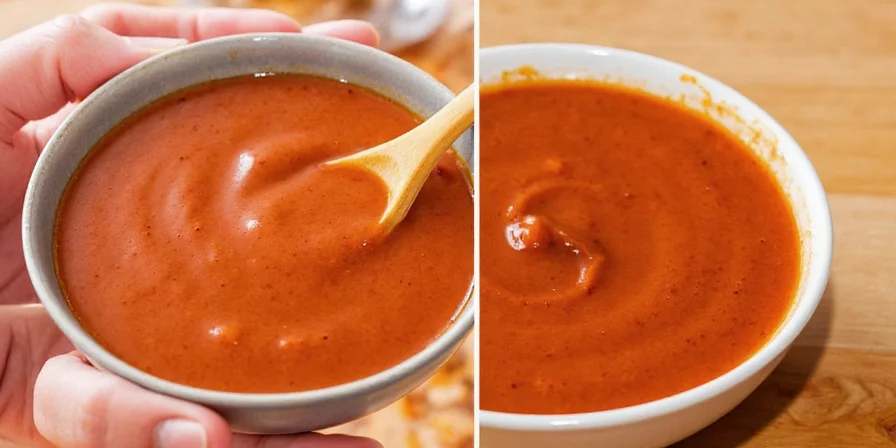
Secret #3: Fish Sauce? In a Sweet Sauce?!
Yes, really. Fish sauce adds a savory umami punch that makes the flavors pop. Without it, your sauce can feel flat—even if it’s perfectly balanced otherwise.
Pro tip: Start with a small amount and adjust as needed. A little goes a long way!
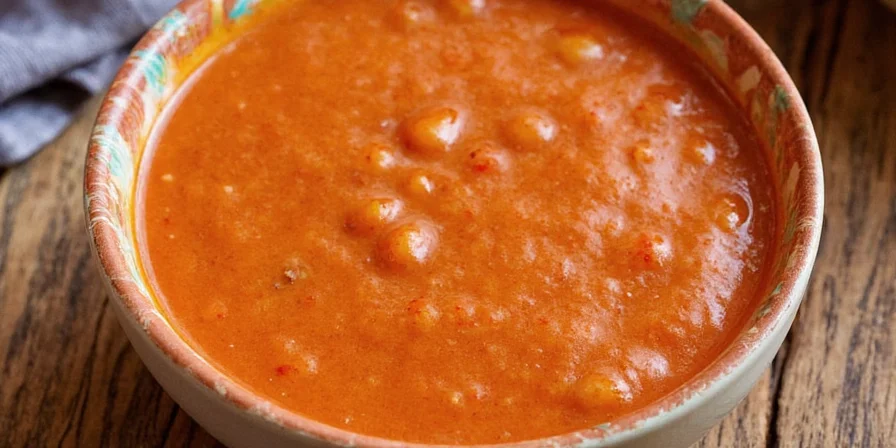
Secret #4: Thickening Techniques That Won’t Fail You
A good Thai sweet sauce should coat your spoon, not pool on the plate. Here are three thickening options:
- Cornstarch slurry: Mix cornstarch with cold water before adding to the sauce
- Rice flour: Thicker and more opaque, great for dumpling dipping sauces
- Kudzu root: Natural thickener with minimal flavor impact
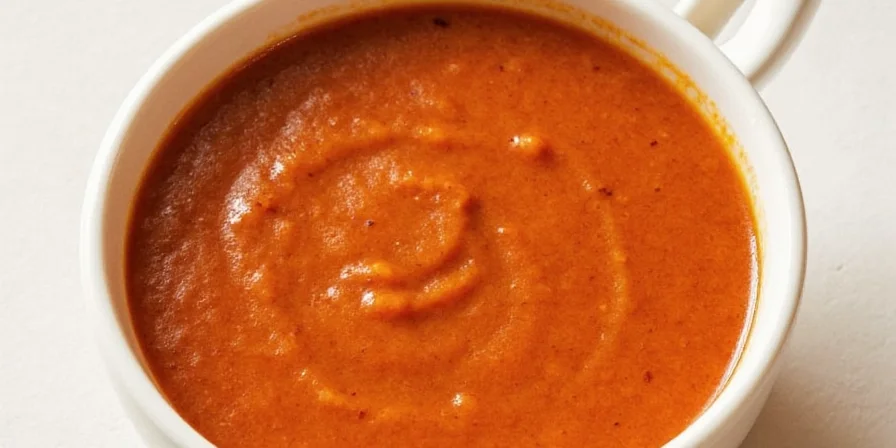
Secret #5: Customize It Like a Pro
Here’s where the fun begins. Thai sweet sauce is incredibly versatile and loves to play dress-up.
- Add chili flakes for heat
- Grate in some lime zest for brightness
- Whisk in peanut butter for a creamy twist
- Add minced garlic or ginger for extra zing
Thai Sweet Sauce Recipes to Try at Home
Ready to make your own? Here’s a basic version to start with:
Classic Thai Sweet Sauce (Makes ~1 cup)
- 1/4 cup palm sugar
- 1/4 cup rice vinegar
- 2 tbsp fish sauce
- 1 clove garlic, minced
- 1/4 tsp chili flakes (optional)
- 1 tbsp cornstarch + 2 tbsp water (slurry)
Instructions:
- In a small saucepan, combine palm sugar, rice vinegar, and fish sauce.
- Heat over medium until sugar dissolves.
- Add garlic and chili flakes, simmer for 5 minutes.
- Stir in cornstarch slurry and cook until thickened (about 2–3 minutes).
- Let cool and store in an airtight container in the fridge for up to 2 weeks.

Visual Flavor Comparison Table
Not sure what kind of flavor profile you’re going for? Check out this handy comparison chart:
| Ingredient | Effect | Suggested Ratio |
|---|---|---|
| Palm Sugar | Rich sweetness with depth | 1 part |
| Rice Vinegar | Delicate acidity | 1 part |
| Fish Sauce | Umami backbone | 0.5 parts |
| Chili Flakes | Spicy kick | To taste |
| Cornstarch Slurry | Smooth thickening | As needed |
Final Thoughts
Thai sweet sauce isn’t just a condiment—it’s a flavor experience waiting to be explored. From choosing the right sugar to mastering the balance of salt, acid, and heat, there’s a whole world of customization beneath its shiny surface.
So next time you're reaching for the bottled stuff, remember: you’ve got the tools, the knowledge, and now… the confidence to make it better yourself.
Happy cooking—and don’t forget to share your creations with friends (or just eat them all yourself… no judgment here).
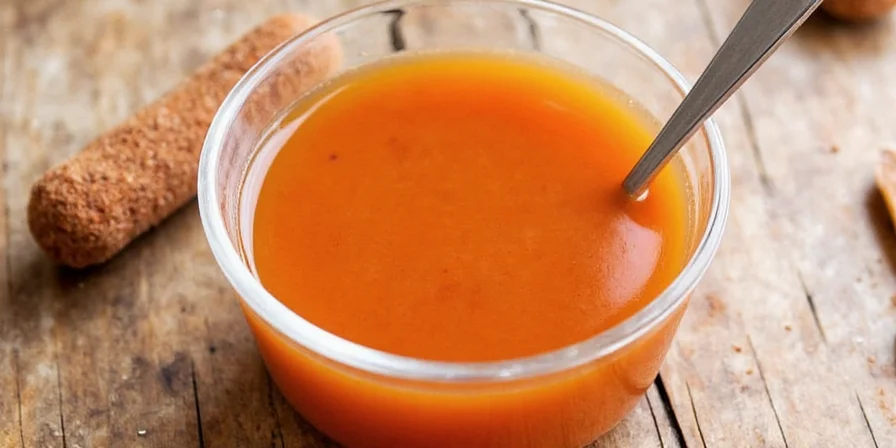

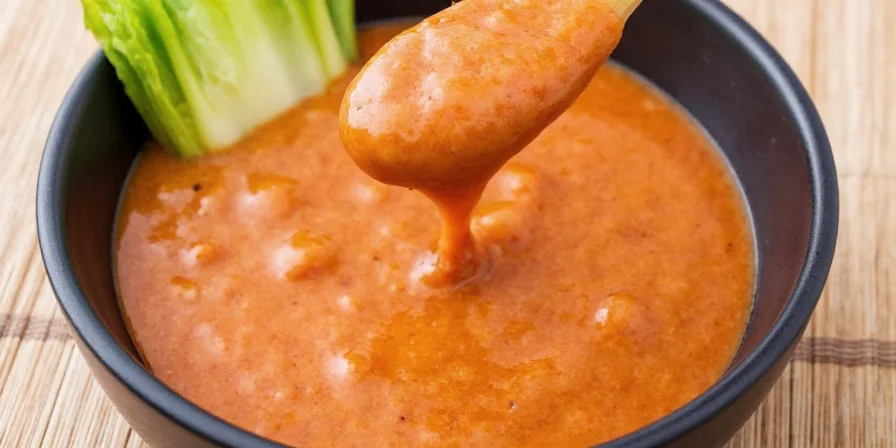









 浙公网安备
33010002000092号
浙公网安备
33010002000092号 浙B2-20120091-4
浙B2-20120091-4